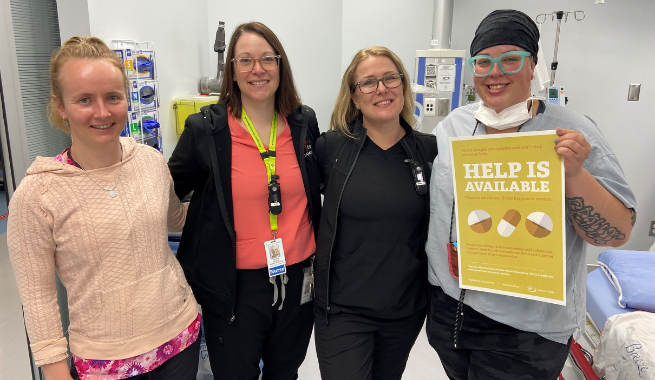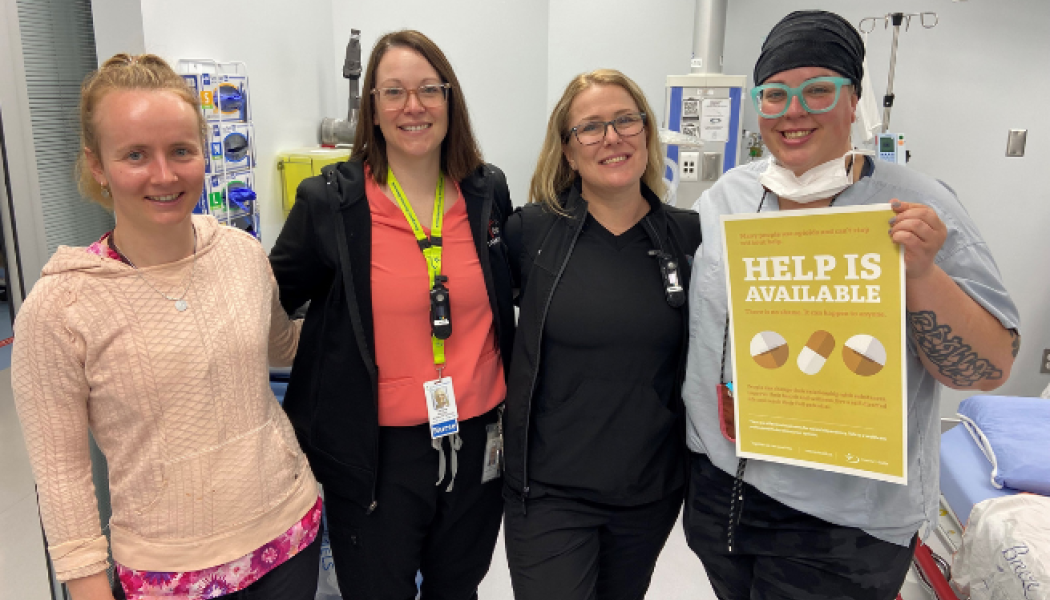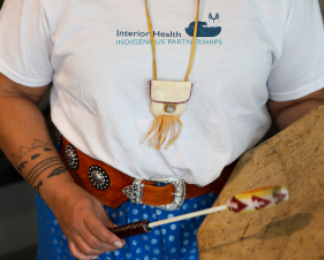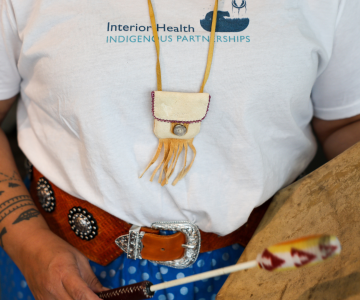Kootenay Boundary Regional Hospital emergency department nurses: Jane Carlton, Tamara Roscoe, Teresa Myers, and Emily Larochelle
Opioid use disorder (OUD) is a treatable medical condition. And, yet, many people living with OUD don’t have a regular care provider who can help connect them to medication. For many, their first exposure to treatment is through an emergency department (ED).
Which is why it’s so important that Interior Health has now made the opioid use disorder medication Suboxone available in its EDs. Suboxone is an Opioid Agonist Treatment (OAT) medication used to treat dependence on opioid drugs.















